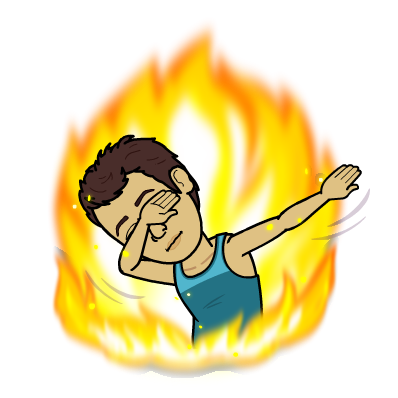They say that a picture is worth a thousand words. These days, many of the text messages sent
between friends and family utilize tiny pictures, emojis, to communicate ideas
and emotions rather than type them out.
In fact, Oxford Dictionaries named (Face With Tears of Joy) its 2015 Word of the year. Everyone is guilty of
indulging in the pleasures of a good emoji at one time or another. But have you ever stepped back to consider
the way emojis are actually successfully sent over sms text?
The first emoji was designed in 1998 in Japan by a man named
Shigetaka Kurita, who was working at a Japanese mobile operator company on a
team developing their mobile internet platform.
Kurita then developed a full set of 172 12x12 emojis as a part of his
company’s mobile messaging service in the hopes of it being a distinguishing
feature for his company among the crowded mobile market. He modeled the facial expressions on real
expressions he observed during his daily life in urban Japan.
Another motivation to develop these small emojis was that
the people of Japan were beginning to send many large pictures to communicate
rather than text messages, overwhelming the capability of the telecom
companies. Out of this squeeze, the
modern system of emoji sending was born.
Under the hood, something called UNICODE is responsible for our beloved
emojis. UNICODE is an encoding standard
that assigns letters, digits, symbols, and, most importantly, emojis, unique
numeric values that can be interpreted universally by different machines. This is why I can successfully send my dad, a
Windows phone user, a fire emoji from my iPhone. It is also why there is no need for the
message to be converted to an MMS message containing a picture, because what is
actually being sent is the code for the receiving phone to then represent as the
emoji picture.
UNICODE dates back to 1987 when employees of Apple
collaborated with a worker at Xerox with the aim to develop a universal,
unified, and unique character encoding system.
According to Wikipedia, UNICODE now contains a repertoire of more than 128,000 characters,
covering 135 modern and historic scripts. For this reason, the world is able to not
only view each others’ unique language characters, but also communicate with
simple, effective, and fun emojis.






love the bitmoji!! cool article!!
ReplyDelete